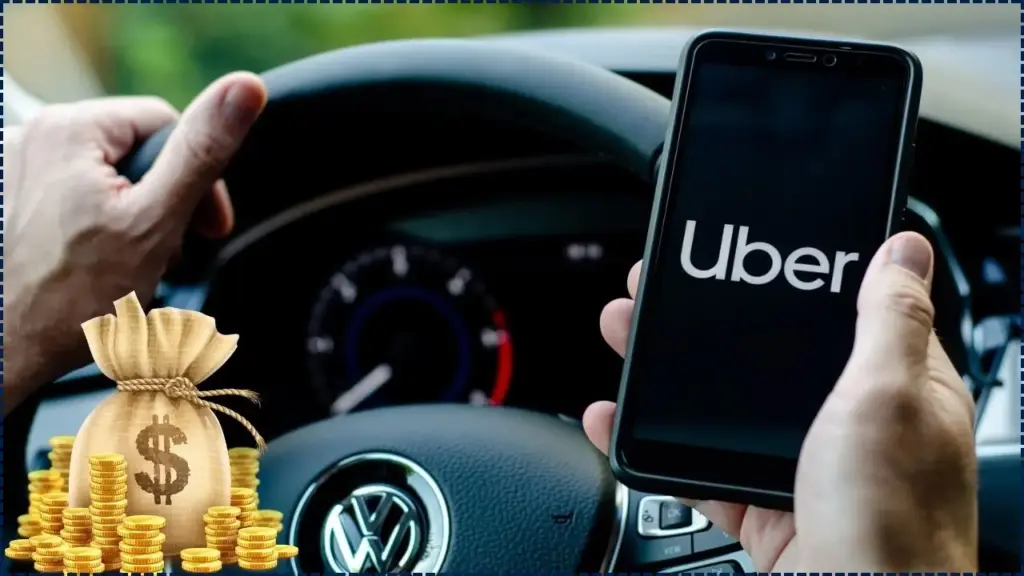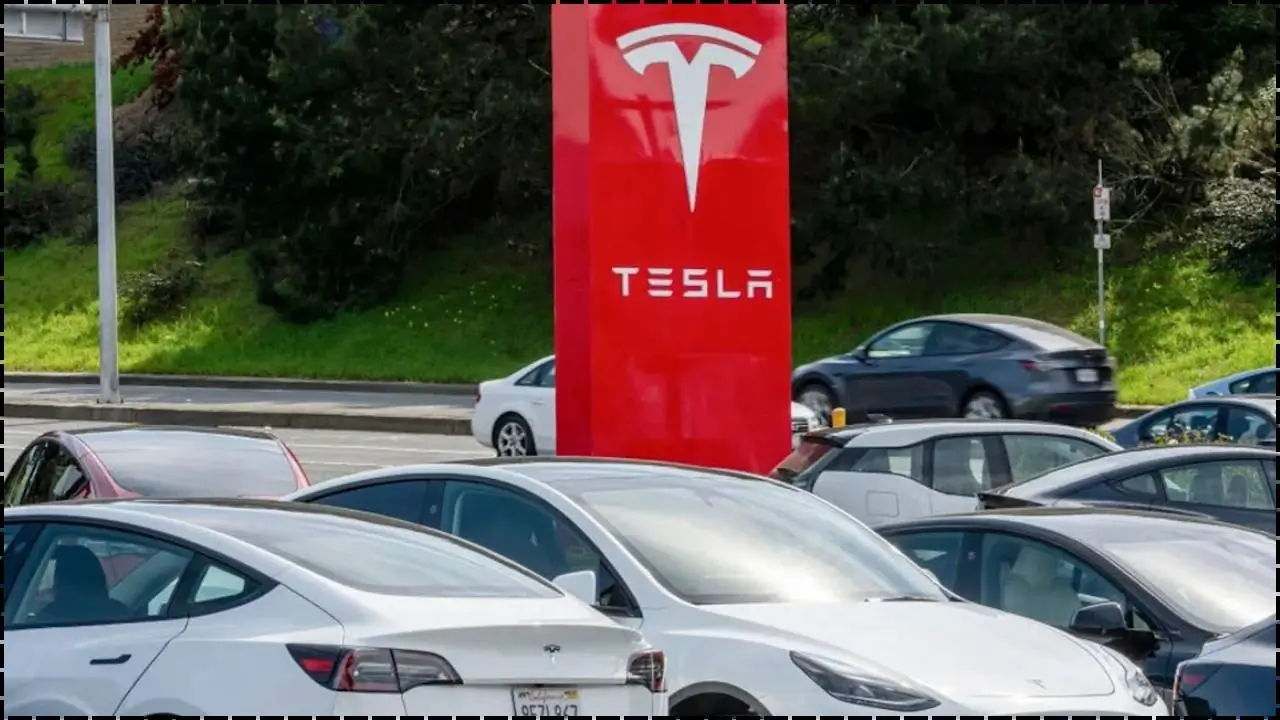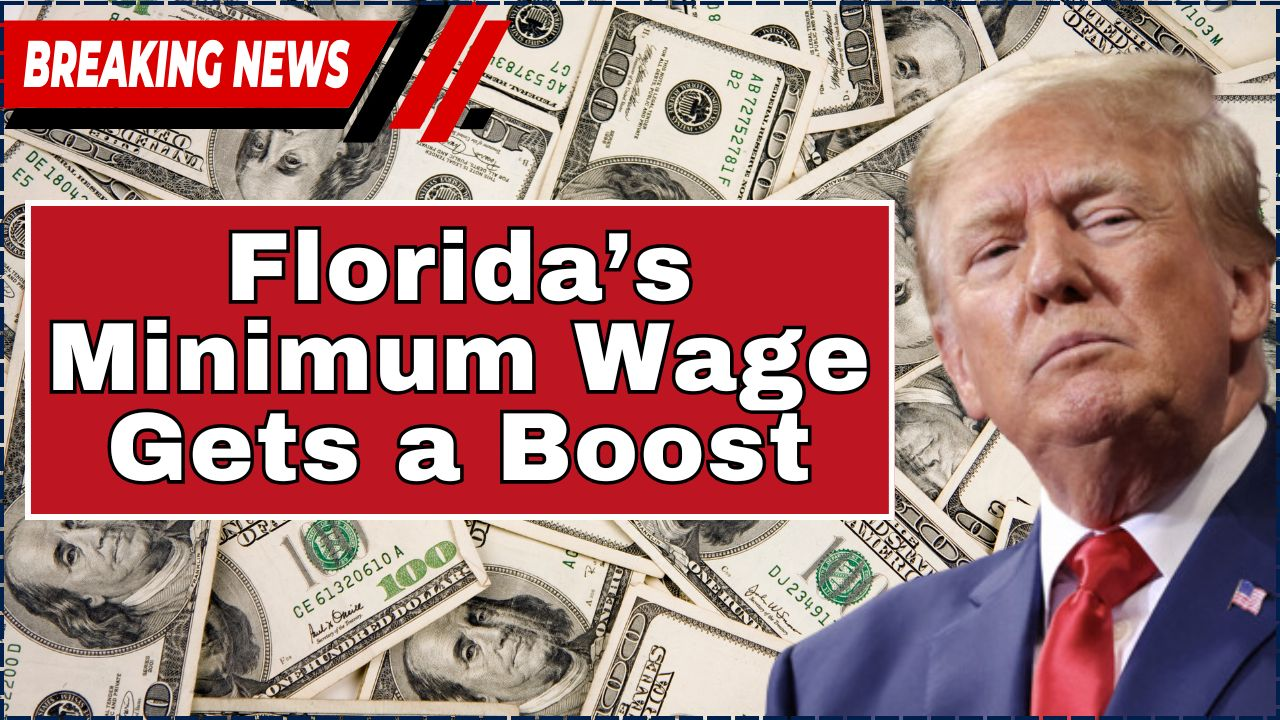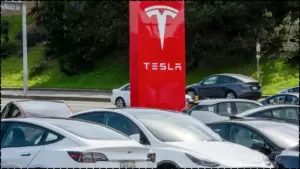Uber is offering a $4,000 cash grant to U.S. drivers as part of its efforts to accelerate the transition to electric vehicles (EVs). The initiative, launched as part of Uber’s broader “Go Electric” program, aims to support the company’s goal of reducing emissions by helping drivers adopt cleaner, more sustainable transportation options. This announcement comes at a time when federal EV incentives are being phased out.

Table of Contents
Uber Introduces $4,000 Cash Grants
| Key Fact | Detail/Statistic |
|---|---|
| Grant Amount | $4,000 for eligible drivers |
| Program Start Date | October 2025 |
| States Eligible | California, New York, Colorado, Massachusetts |
| Additional Incentives | 20% off electric rides, battery-aware matching |
| Goal | Achieving a zero-emissions fleet by 2040 |
As Uber moves toward a zero-emissions fleet by 2040, the $4,000 grants are just one part of a broader effort to make electric vehicles more accessible to its drivers. While the program shows promise, it is clear that long-term solutions will be needed to ensure widespread adoption.
Uber’s $4,000 Cash Grants: Accelerating the Transition to Electric Vehicles
Uber’s $4,000 cash grants aim to make electric vehicles (EVs) more accessible for U.S. drivers, a critical step toward fulfilling the company’s ambitious goal of operating a zero-emissions fleet by 2040. The program, which is part of Uber’s “Go Electric” initiative, comes at a time when the U.S. federal government has begun to scale back its EV incentives, notably the $7,500 tax credit for electric car purchases.
Expanding Access to Electric Vehicles
The $4,000 grant is available to Uber drivers in several states, including California, New York, Colorado, and Massachusetts. The grant can be used toward the purchase of new or used electric vehicles, providing a substantial financial incentive for drivers who might otherwise find the cost of an EV prohibitive.
According to Uber, the initiative is designed to help bridge the gap created by the expiration of the federal EV tax credits for used vehicles. By offering this grant, Uber is attempting to mitigate the rising cost of transitioning to electric cars, which has been a significant barrier for many drivers who rely on their vehicles for income.
“As part of our broader sustainability strategy, this grant helps our drivers reduce their carbon footprint while making it easier for them to adopt electric vehicles,” said Jill Hazelbaker, Uber’s Senior Vice President of Public Affairs, Marketing, and Policy, in a statement.
The $4,000 grant is part of a broader suite of incentives that Uber is offering to drivers. These include discounted rides for passengers taking electric trips and the expansion of Uber’s “battery-aware” feature, which helps drivers manage their trips more efficiently by tracking battery levels in real-time.
Uber’s Shift Toward Zero-Emission Rides
Uber’s transition to electric vehicles is part of the company’s larger commitment to sustainability. In 2021, Uber announced its goal of becoming a fully zero-emissions platform by 2040, a target that includes not only reducing emissions from its fleet but also investing in cleaner infrastructure.
The company’s efforts to promote EV adoption have been gaining traction in recent years. Uber has already introduced “Uber Green” — a service that allows passengers to choose an electric or hybrid car for their ride. The program has been rebranded as “Uber Electric” to underscore the company’s focus on zero-emission rides.
While Uber Electric will remain available to passengers, it’s clear that the real impact of these changes is on the drivers. The company is particularly focused on helping independent contractors who drive for Uber to overcome the financial obstacles associated with switching to EVs. By offering the $4,000 grant, Uber hopes to encourage more drivers to make the switch.
Additional Support for Drivers
In addition to the cash grant, Uber is offering a 20% discount on electric trips, further incentivizing both drivers and passengers to choose electric vehicles. This discount will last for a limited time and aims to increase the adoption of electric rides in cities where Uber has rolled out the “Uber Electric” option.
Furthermore, the company is expanding its “battery-aware” matching feature to 25 countries. This technology enables Uber to better match drivers with passengers based on their vehicle’s battery charge, optimizing routes and reducing the risk of a vehicle running out of power mid-trip.
“With the introduction of these incentives, we are not just helping drivers make the shift to EVs, we are also ensuring that passengers benefit from cleaner, more efficient rides,” Hazelbaker added.
Impact on the Environment
Uber’s push for electric vehicles is also designed to help address the growing environmental concerns related to carbon emissions from transportation. The transportation sector is one of the largest sources of greenhouse gas emissions, accounting for approximately 28% of total emissions in the United States, according to the Environmental Protection Agency (EPA).
By encouraging the transition to electric vehicles, Uber aims to significantly reduce its carbon footprint and play a part in mitigating climate change. The broader shift toward electric vehicles in the ride-sharing industry can have a ripple effect, contributing to cleaner air, reduced greenhouse gas emissions, and a lessening of reliance on fossil fuels.
Testimonials: Drivers Share Their Experience
Some Uber drivers who have already switched to electric vehicles have spoken about the benefits and challenges of the transition. Alex Martinez, a driver in Los Angeles, shared his positive experience: “The $4,000 grant really helped with the upfront cost of my EV. I’m now saving a lot on fuel and maintenance, and I feel good knowing I’m contributing to a cleaner environment.”
However, not all drivers have found the transition smooth. Sarah Williams, an Uber driver in New York, expressed concerns about the charging infrastructure: “While the incentives are great, charging stations are still limited in some areas, which makes long trips a bit stressful. I’m hoping Uber will continue to address this issue.”
Partnerships and Challenges
Uber’s efforts to transition drivers to electric vehicles are supported by various partnerships. Uber has teamed up with leading EV manufacturers such as Tesla and Chevrolet, as well as public and private organizations, to provide discounted vehicles and expand the availability of charging stations. These collaborations are crucial for ensuring that drivers have the resources they need to make the transition.
However, some challenges remain. Aside from charging infrastructure, drivers also face concerns about the higher upfront costs of EVs and the limited range of certain models. In response, Uber has committed to helping drivers find accessible charging stations and providing information on the total cost of ownership for EVs to ensure they are financially sustainable in the long run.
Competitive Landscape: Uber vs. Lyft
Uber’s new initiative is not the only one of its kind in the ride-sharing industry. Lyft, its main competitor, has also made strides in promoting electric vehicles among its drivers. In 2022, Lyft introduced a similar program that offered financial incentives for drivers to switch to EVs. While both companies are taking similar steps toward sustainability, Uber’s $4,000 cash grant is among the largest direct financial incentives in the industry.
As ride-sharing companies continue to invest in electric vehicles, the competition for drivers could intensify, with incentives such as these helping to shape the future of the industry.
Related Links
McDonald’s New Frankenstein Burger: The App That Turns Into a ‘Burger Lab’
Planning to Empty Your NS&I Account? Don’t Miss This Critical Two-Word Alert
Looking Ahead: Uber’s Zero-Emissions Future
Uber’s efforts to transition its drivers to electric vehicles reflect a growing trend in the transportation sector toward sustainability. As other companies in the ride-sharing and logistics industries follow suit, Uber’s actions could signal a broader industry shift that will play a key role in the fight against climate change.
However, the question remains whether such initiatives can scale quickly enough to meet Uber’s ambitious goal of achieving a zero-emissions fleet by 2040. While the $4,000 grant is a promising step, it will take years to see its full impact, and challenges related to infrastructure, vehicle availability, and cost remain formidable obstacles.
For now, Uber is positioning itself as a leader in the movement toward sustainable transportation, combining financial incentives with technology to help its drivers make the transition to electric vehicles. As the company continues to push for a greener future, the outcome of these efforts could have lasting implications for the future of transportation in the U.S. and beyond.
















